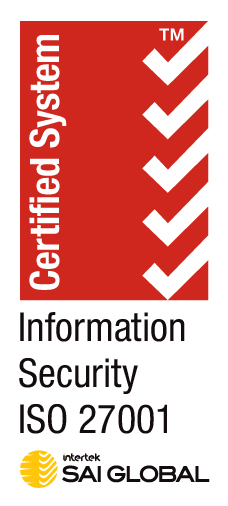The 6 Constraints That Lead To Failed Software and IT Projects
The landscape for software projects in 2024 has evolved, incorporating cutting-edge technologies like AI, automation, and cloud-native solutions to manage risks and ensure project success. AI tools now assist in improving project timelines and automating tasks, while DevOps accelerates deployment. Cybersecurity has emerged as a crucial constraint, driven by growing digital risks.
Despite technological advancements, project outcomes remain consistent, with 46.7% success, 46.7% challenged, and 6.7% failure. However, new tools and practices have helped maintain a high standard.
Mitigating the 6 Constraints
🏦 Budget – 47%
As a professional services software company, we’ve adapted modern AI tools to enhance budget estimation. AI allows us to predict potential risks more accurately and manage unforeseen costs effectively.
1. AI-Enhanced Estimates: AI-driven tools provide better insight into complexities and unknowns, improving estimation accuracy.
2. Development Options: Through our Trade-off sliders, we balance fixed time and variable scope, ensuring we stay within budget while addressing essential project features.
3. Prioritization: We maintain a laser focus on Must, Should, Could, Won’t requirements to make effective budget decisions.
😌 Customer Satisfaction – 33%
We now factor in the end-to-end customer experience, emphasizing a smooth process alongside the outcome. Our CSAT score has improved as we continue to refine customer engagement strategies.
1. Process: By refining our Lean Scrum Process, customers have clear expectations, and both sides understand the project’s progression.
2. People Continuity: Teams remain consistent, eliminating disruptions during the transition between phases. This fosters stronger customer relationships, leading to better satisfaction.
🙌 Met User Requirements – 27%
Our focus on end-user engagement remains central, but we now use advanced user analytics and AI to anticipate user needs better and iterate designs quickly.
1. Start with a Problem: We ensure every project is rooted in solving real problems rather than unvalidated solutions, thanks to user feedback loops.
2. Focus on the End-User: Using user discovery, prototyping, and beta releases, we make sure our software is always aligned with user expectations.
👌 Quality – 27%
We leverage AI for continuous testing, which minimizes bugs and ensures the highest level of quality assurance throughout development.
1. User Acceptance Testing (UAT): Each milestone is checked by the product owner to match the acceptance criteria.
2. Testing and Code Quality: We now automate most testing processes, with every ticket receiving automated or documented tests. Peer review remains mandatory for code quality.
3. Performance and Technology: The tech stack is continuously updated for security and performance, adhering to AAA security standards.
⚠️ Risk – 13%
Risk is ever-present in custom software development, but we’ve improved risk mitigation by integrating cybersecurity from day one, ensuring projects adhere to global security standards like GDPR and HIPAA.
1. Risk Register: We now maintain an active risk register throughout the project, reviewing it regularly to mitigate potential risks early on.
⏳ Time – 13%
Time constraints remain significant, but we’ve optimized through AI and DevOps to increase efficiency and maintain velocity.
1. Velocity: When deadlines tighten, we can scale up teams to meet demands, but we also acknowledge that this creates complexity. We’ve refined this process with AI tools, reducing overhead and improving time-to-market.
2. Deadlines: Deadlines are now more flexible. We advise customers to avoid promising hard dates and instead prioritize quality over speed.
Roundup
Understanding the six constraints is crucial, but in 2024, the integration of AI, DevOps, cloud solutions, and cybersecurity plays a transformative role in mitigating them. Strong relationships between the team and stakeholders remain the cornerstone of successful projects, with a constant drive toward learning and adapting to new challenges. As technology evolves, so do the strategies for project success, ensuring that software and IT projects not only meet but exceed expectations.




